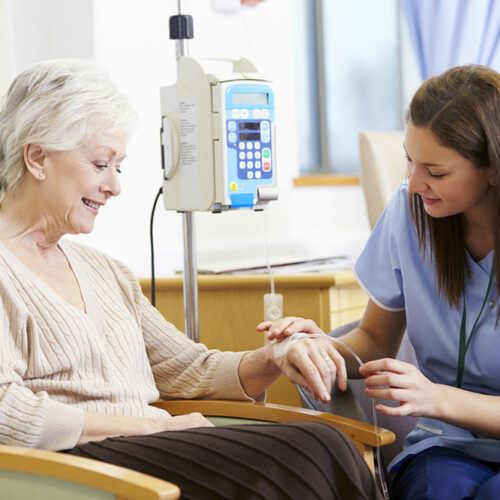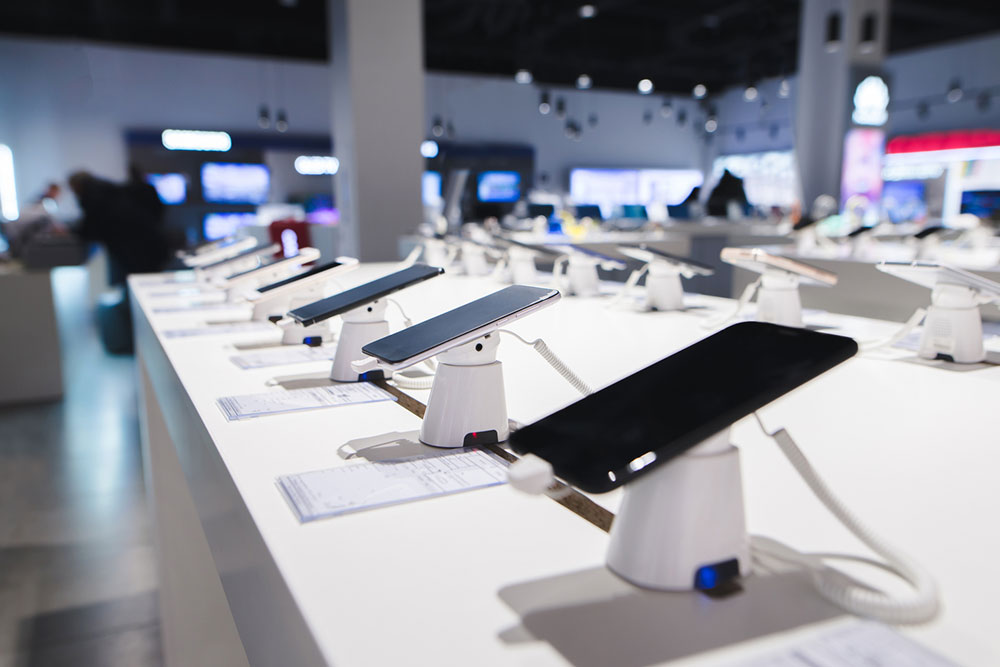Factors that determine daily water intake levels

Drinking water daily is essential for optimum health, but excessive water intake can lead to diarrhea, frequent urination, and other conditions. Therefore, one must understand how much water intake is safe for them. Daily water intake depends on multiple factors. Experts suggest drinking eight glasses of water daily, but not everyone needs to follow this. Keep reading to learn how much water one should drink daily to maintain optimum health. Advantages of drinking water Almost 60% of the human body is made up of water. Your body needs water to function correctly. Going without water for over a few days can lead to life-threatening complications. There are many advantages to drinking water daily, some of which are listed below. Control your body’s temperature. Maintain a healthy mouth. Lubricate your joints and safeguard your delicate tissues Eliminate hazardous wastes through urine, sweat, and stool Positive effects on skin health Maintains the bloodstream liquid enough to travel through blood vessels How much water should a person drink daily? There is no clear-cut suggestion on how much water a person should drink daily. It is because each body is different and requires different amounts of water daily. However, some experts believe that- Adequately hydrated men should drink 3.7 liters (125 ounces) of water daily.






